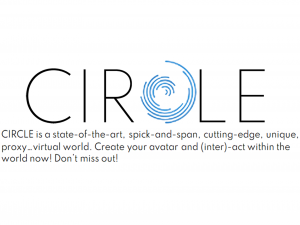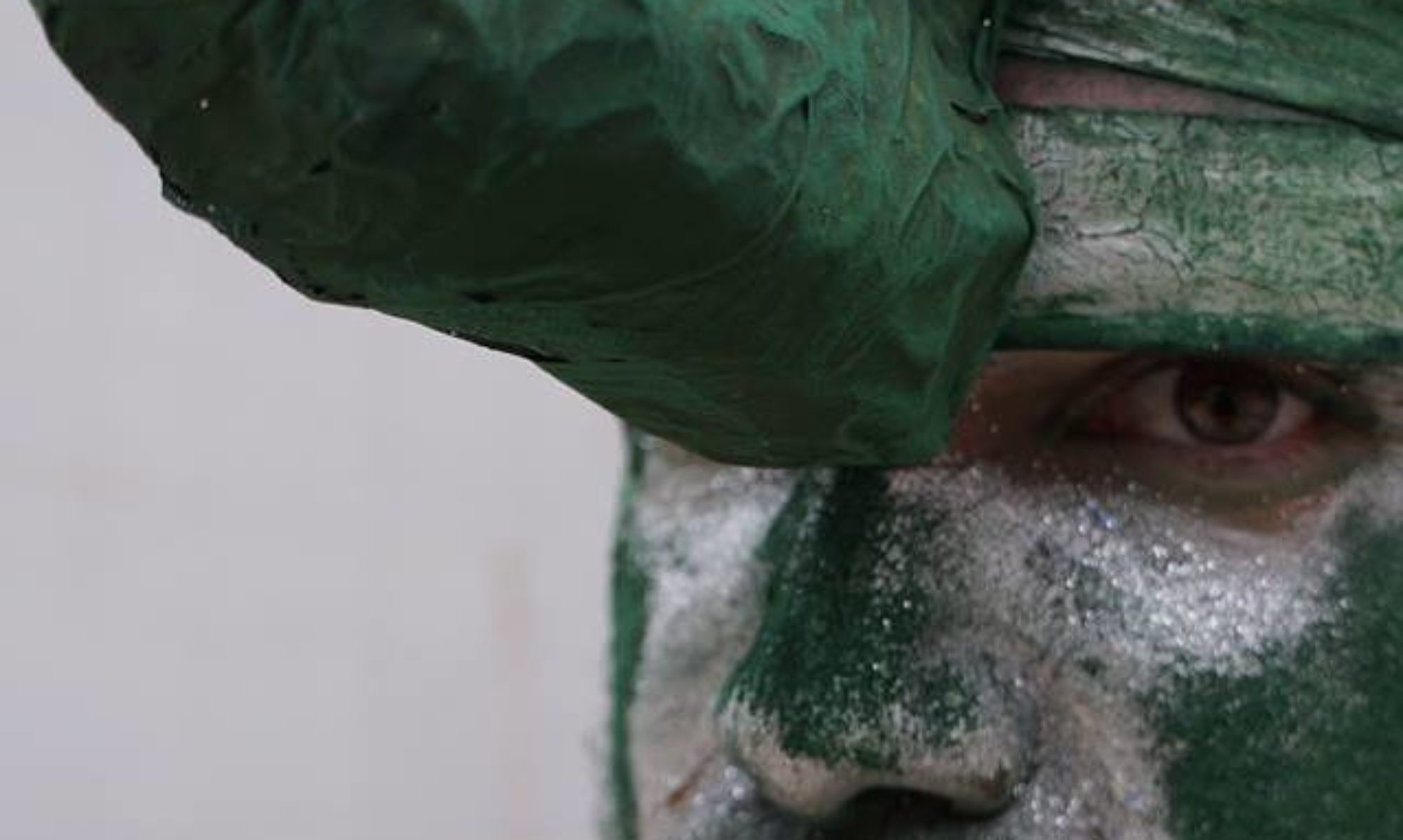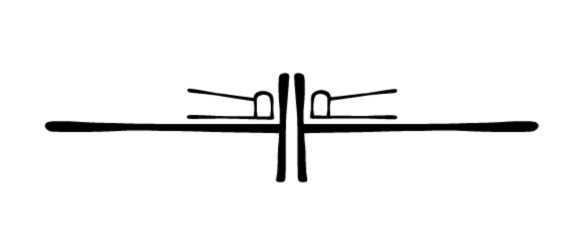
This is my blog of “reflection-on-action” (Schön, 1983: 50), on Short Courses of RCS, working with children of P5-7 through Process Drama (Digital Version).
In this blog I will reflect and write about things that went well and things that needed improvement in each week’s Process Drama plan and digital content.
At the beginning, it was quite challenging for me to grasp the meaning and the context of the digital short courses. We were provided with resources of similar platforms that RCS wanted us to create and after doing my research, I was able to have a clear vision of what was expected from us.
I am in charge of delivering workshops to children of Primary 5 to Primary 7 which means children of 8 years old up to 12 years old. I have previous working experience with that particular age group but not within the same context such as the digital workshops which I find fruitfully challenging. Children of this age range are complex to teach as the methods of approaching should not be too child-like as they will reject them thinking that it’s too childish for them or if the methods are too complex and serious, they won’t be able to follow up. Although one of the advantages of this age group is that they are able to grasp and delve into complex and serious ideas.
Considering all the above, I immediately turned to a “space” universe. When I was in my Primary, the drama teacher delivered a drama process that placed us in the “space” and it was one of the things that I found exciting and really stuck with me after all these years. For that reason, every time I am asked to come up with a world for children to be placed in, within a drama context, I have as a starting point, the “space”. That is because this “world” is always exiting for all age groups and a storyline in “space” can open paths into fun and simple or very serious and complex situations, depending on the needs of the group.
As it turned out, some of my classmates would use “space” with other age groups as well. That is why I made the conscious decision to abandon that idea. Instead, I had a very enlightening discussion with my mentor about what they have done in the past and what my mentor thinks would work well with the group of children. She mentioned some themes that she would like me to explore with the children such as gender and capitalism whilst I came up with the idea of using the world of social media, an aspect of life that children at this age are very font of. So I decided to set the process drama universe into an application/online virtual world in order to explore further the meaning of social media and technology amongst other themes as well. In that way, children could easily be drawn to participate as it’s a subject that they are very interested in. The online virtual world is called “CIRCLE” and it gives the opportunity to children to resonate with. That is because it is supposed to be an alternate reality so they are already familiar with the rules that take over this world. On the other side, since it’s an online world anything could happen and anything is possible, creating a distance from reality for the children and they are able to understand that difference which is quite important in that stage of development. The freedom of creativity that the reality of “CIRCLE” offers to me, as in the role of facilitator, gives me the opportunity to expose and bring forwards themes and ideas that I deem relevant and would like to explore with the children.
At first, the digital content that I have created for the 1st week of “CIRCLE” lacked some aesthetic details and its form was simple but basic. In addition, more information about the history of “CIRCLE” could have been added in order to enrich the presentation and build the belief of children in this new world. Taking into consideration the feedback from my mentor, I decided to change the aesthetic and try to bring the aesthetic of an actual virtual reality world. For that reason, I researched about online virtual worlds, such as SecondLife, and what language/vocabulary that Facebook/Twitter/Instagram etc. use within the world of social media. In addition I researched on how social media are advertised or use the concept of advertising which could potentially be a part of “CIRCLE” in the future. Having all the necessary information I was able to transform the previous digital content into one that felt slicker and closer to a real virtual world. After the alterations, it followed some rules of the world of social media and technology, such as the existence of a logo or a virtual sign from the CEO of “CIRCLE”.
In the first week of “CIRCLE” the children were given a .pdf presentation of what “CIRCLE” is, along with a message from the founder of “CIRCLE” and their first task which was to create their Avatar. An Avatar is an alternative self within the world of “CIRLCE” that the children are solely responsible for its creation. Their Avatar could be anything they visualize; whether that is a mermaid or an alien or someone with antennas. They were also given the choice of deciding their names, their appearance and their gender. These themes could also be further explored within the process. They were given the necessary instructions about what an Avatar is and what they need to do in order to create that Avatar, through a guidance video of me and my colleague, which was assembled and uploaded on YouTube whilst its link was put into the .pdf file.
I am very pleased with the final result of the digital content of the 1st week, as it holds enough information for children to be drawn into the world of “CIRCLE” but also offers a very clear, simple and basic task for them to start delving into this new and exciting world by opening a space for creativity and critical thinking.
It feels quite important to give the opportunity to children of any developmental stage to explore qualities of themselves through imagination and creativity which could be either guided or not, depending on the age of the child. Primary 5 to Primary 7 is an age group that is expected to be able to think critically about themes that are given to them and explore them quite thoroughly and in depth without that much of assistance other than posing them some critical questions as stimuli.
Reference List
Schön, D.A. (1983). The Reflective Practitioner : How Professionals Think in Action. S.L.: Basic Books.
Digital Content (1st Draft): CIRCLE WEEK 1
Digital Content (Feedback from Mentor): CIRCLE 1st WEEK (By Mentor)
Digital Content (Final Draft): CIRCLE 1st WEEK
Digital Content (Annotated): CIRCLE 1st WEEK (Annotated by Rafael)
Mentor’s Feedback: Mentor’s Feedback

